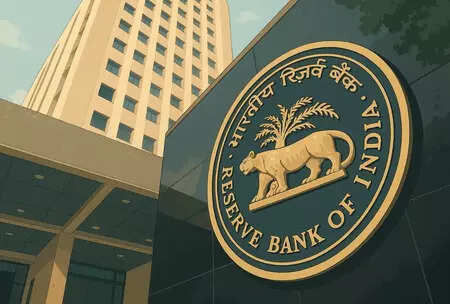Economists believe that the government’s proposed GST rationalisation will bolster domestic consumption, providing crucial support to the Indian economy amidst global headwinds like US tariffs. The reforms, benefiting MSMEs and consumers, aim to simplify the tax structure and boost disposable income. Reduced rates on essentials and consumer durables are expected to stimulate demand and offset weak urban consumption.
GST Reform: A Shot in the Arm for Indian Consumers?
The Goods and Services Tax (GST), launched with the ambitious goal of streamlining India’s indirect tax system, is once again under the microscope. Whispers of potential reforms are swirling, and the focus is sharp: rationalizing the current multi-layered structure to boost domestic consumption and ease the burden on essential goods. But is this just wishful thinking, or could it actually be a game-changer for the average Indian household?
For years, the GST has operated with a complex web of tax slabs – 0%, 5%, 12%, 18%, and 28%. While intended to categorize goods and services based on their nature and necessity, this structure has arguably led to complexities in classification, compliance challenges, and, some argue, even inflationary pressures. Imagine trying to figure out if your new kitchen appliance falls into the 18% or 28% bracket – it’s enough to give anyone a headache.

The current proposal gaining traction suggests a significant simplification, potentially consolidating the existing slabs into fewer, more manageable rates. Talk centers around merging the 12% and 18% slabs, possibly leading to a revised rate somewhere in between. The implications of such a move are far-reaching, potentially impacting everything from the prices of everyday essentials to the affordability of big-ticket durable goods.
How GST Rationalization Could Unlock Consumer Spending
The core argument for GST rationalization hinges on its potential to stimulate domestic consumption. A simpler, more transparent tax structure could lead to lower prices for certain goods and services, putting more money back in the pockets of consumers. This is especially relevant for essential items. If the proposed changes lead to a reduction in the tax burden on daily necessities, households could experience a tangible improvement in their disposable income. They can then re-invest in better products or save for the future.
The impact extends beyond just necessities. Durable goods, like appliances and electronics, often face higher GST rates. A reduction in these rates could make such purchases more accessible to a wider segment of the population, fueling demand and driving economic growth. Think about families putting off buying a new refrigerator because of the hefty price tag. A more favorable GST rate could be the deciding factor.
Challenges and Considerations in Streamlining GST
However, simplifying the GST isn’t without its challenges. One of the primary concerns is the potential impact on government revenue. Shifting items to lower tax brackets inevitably means reduced tax collection. The government needs to carefully assess the revenue implications and identify alternative sources of funding or areas where expenditure can be optimized to offset any potential shortfall.
Another key consideration is the classification of goods and services under the revised structure. Ensuring clarity and consistency in classification is crucial to avoid disputes and ensure smooth implementation. The goal is to create a system that is not only simpler but also less prone to ambiguity. Clear guidelines and robust dispute resolution mechanisms will be essential. Consider reading our other articles on improving the Indian economy.
Furthermore, the impact on different sectors of the economy needs to be carefully evaluated. Some sectors may benefit more from the rationalization than others, and the government needs to consider measures to ensure a level playing field and prevent any unintended negative consequences. Thorough consultations with industry stakeholders are essential to understand the potential implications and address any concerns.
Looking Ahead: A Path to Increased Prosperity?
The proposed GST rationalization represents a significant opportunity to streamline India’s tax system, boost domestic consumption, and drive economic growth. While challenges remain, a well-designed and carefully implemented reform could unlock significant benefits for consumers and businesses alike. It’s a delicate balancing act, requiring careful consideration of revenue implications, classification challenges, and sectoral impacts. However, the potential rewards – a simpler, more efficient tax system and increased prosperity for all – are well worth the effort. The coming months will be critical in shaping the future of the GST and its impact on the Indian economy.







